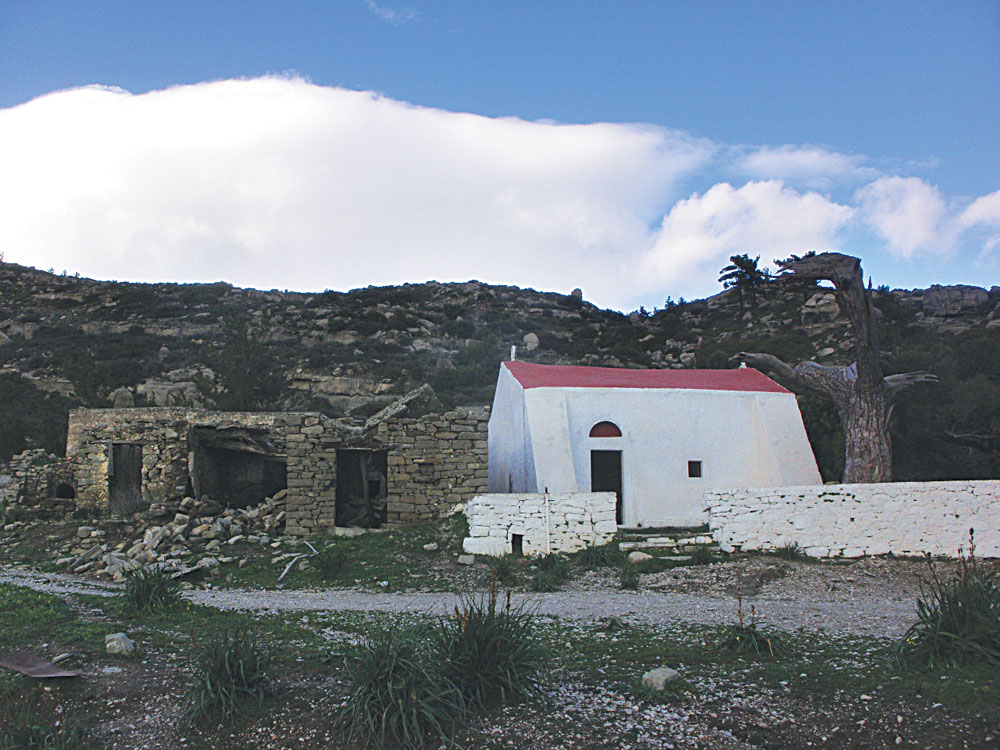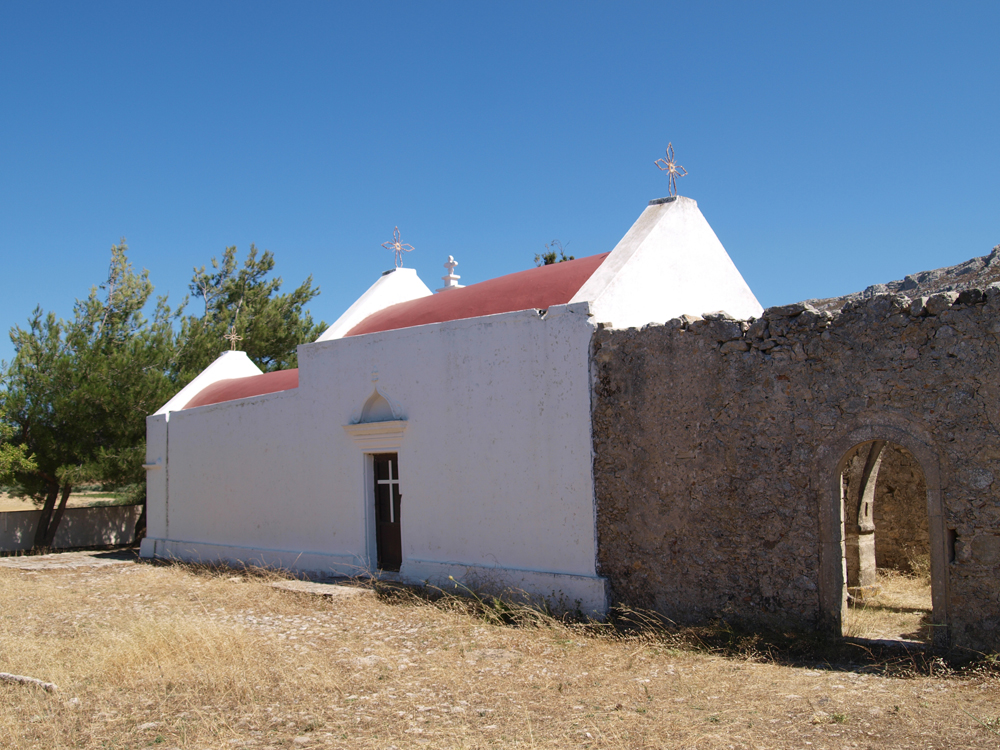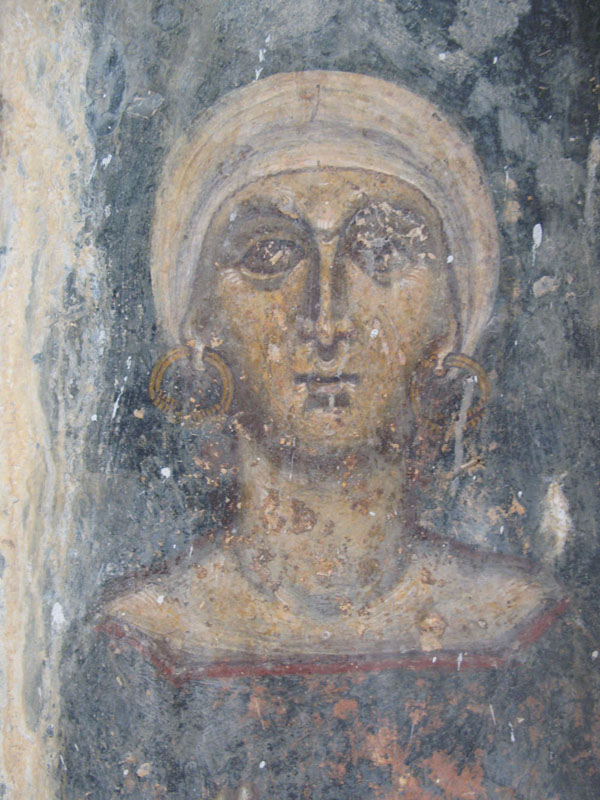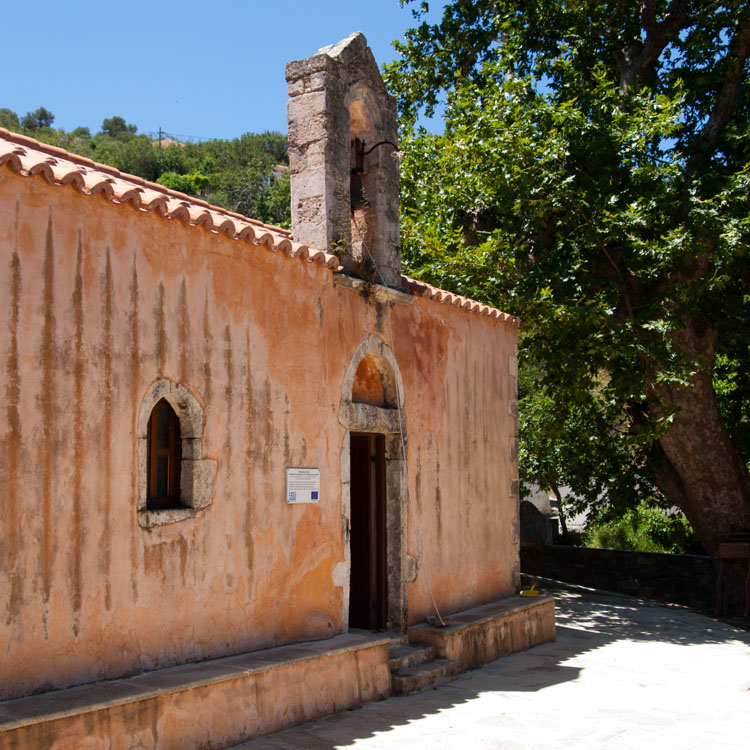single-space

Vayionea Convent
Abandoned at present, Vayionea Convent was founded in the late 14th century by the scholar Nilos Damilas. The only surviving structure is the catholicon, a single-space arch-covered church with a conical dome, the north side of which abuts the rock.

Christ the Saviour of Pano Karkasa
The church of the Saviour Christ, entirely covered in wall paintings, that is located to the southwest of the village of Anatoli at a distance of around five kilometres, was the catholicon of a male monastery. Its location in the immediate vicinity of the Monastery of the Holy Apostles as well as the fact that […]
Holy Apostles at Kato Karkasa
The church of the Holy Apostles which is located to the south of the settlement of Anatoli was the catholicon of a small, female monastic complex, from which very few ruins survive to the south of the church. The monastery of Karkasia, as it is referred to in the sources of the end of the […]

Agia Sophia (Holy Wisdom) Monastery
Abandoned at present, the monastery was established before the 17th century and appears to have had a fortress-like design. Its catholicon stands at the centre of the courtyard and is a single-space arch-covered church. Between 1900 and 1911, it served as a glebe of Toplou Monastery.

The church of St. George (Agios Georgios) (Vathi)
A one-hall church covered with arches, characterised by blind side coving. According to the inscription inside, its murals date to 1284 and are typical examples illustrating folk style art of the time.

The church of St. Athanassius (Agios Athanassios) (Kefali)
A one-hall church covered with arches; the inscription with the year 1393 found in its interior informs us that the ktetor (donor) was Anna Moskanna.

The church of St. John the Divine (Agios Ioannis Theologos) (Elos)
At the centre of the village of Elos there is the one-hall church covered with arches, dedicated to St. John the Divine (Theologos), with important mural decoration. The paintings are attributed to Ioannis Pagomenos, a well-known painter from western Crete.


